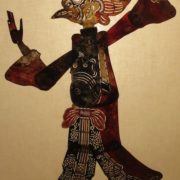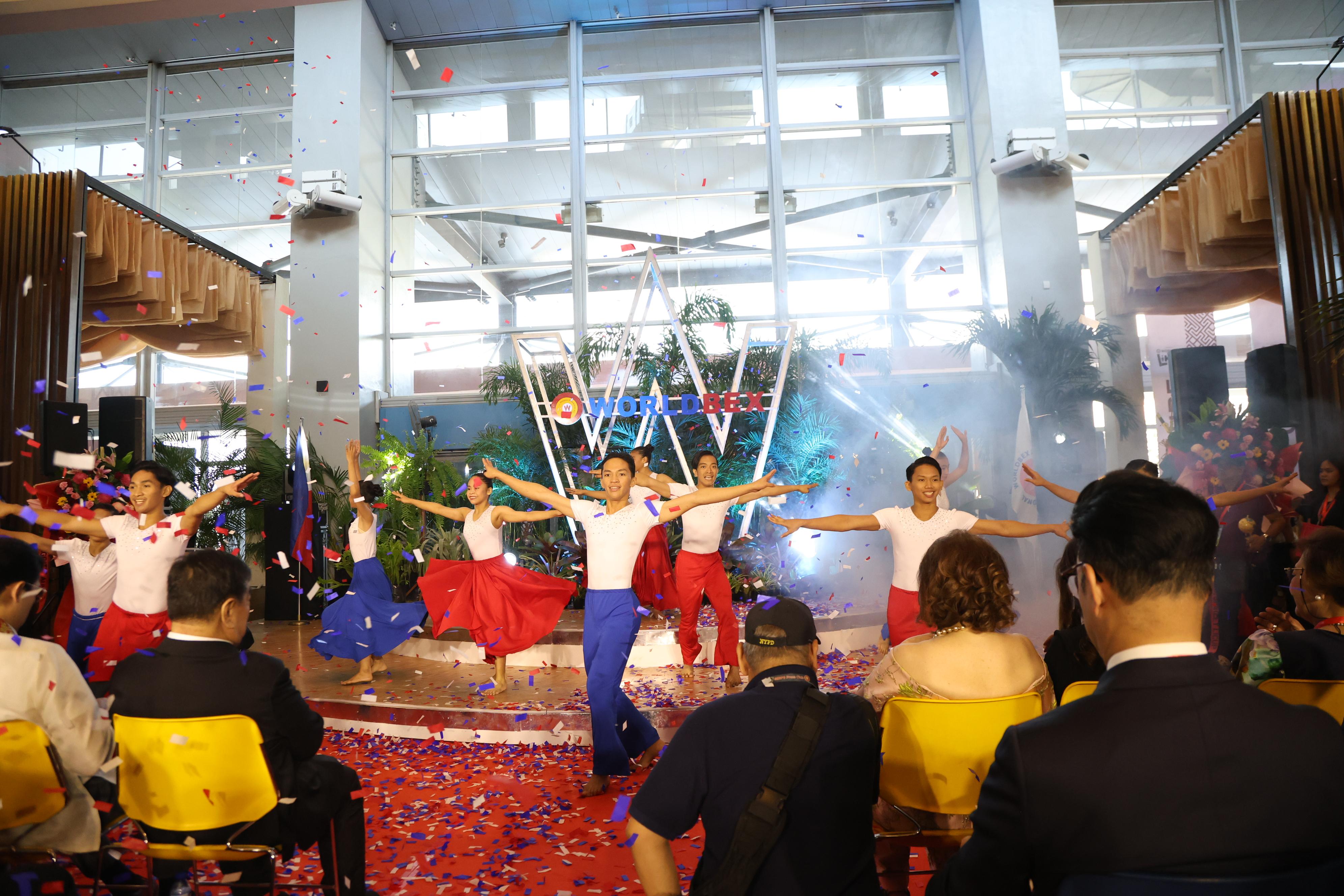It’s more spooky in the Philippines
As a country teeming with beauty and culture, the Philippines also boasts of its rich history of myths and legends. Haunting in nature, most of the tales and folklores grace the halls of provinces and rural areas most especially on a Halloween season. As an archipelago, the Philippines indeed boast of its variety of stories spooky and terrifying. Each community, barrio, barangay, locality, city, province and region has its own story passed on from generation to generation.
If we are to round the most common icons among the Filipino myths, it is almost impossible to skip the country’s very own Aswang. Even tourists from around the world have heard the story of the vicious soul-sucking creature roaming the streets at night hoping to prey on a vulnerable piece of flesh waiting for his demise.
But some of the interesting lores and stories have failed to meet the ears of the city people. Disseminated through oral tradition, some local myths remain unfamiliar to the urban residents and only known to the locality where it originated.
Folklores abound the Northern part of the country as it is close to the mountainous areas where unknown creatures are presumed to reside. In Ilocos, as often heard in their tales lived a bird-like beast with reverse toes and fingers. According to the stories passed on from previous generations, a Kibaan is prone to fall in an unrequited love with girls from the town and villages. The Kibaan would, in turn, get his heart broken and would eventually seek revenge to make up for his misfortune. He is believed to have a special magic powder that would elicit a harmful skin condition to whose direction it has been blown at. However, like some non-human entities, the Kibaan can be appeased by asking for forgiveness.
Pasatsat
Just a few provinces from Ilocos originates a tale that sets back from around the time of the Japanese occupation. In Pangasinan, Pasatsats are known to be the ghosts of the casualties during the war. According to folktales, poor people who were unable to afford a coffin for their dead loved ones used a pamalisan (reed mat) instead. They used the said mats to cover the bodies of those who died and were killed at that time. However, due to the inhumane living conditions at that time, people who were desperate enough took gold, shirts and other personal effects that could be exchanged for money.
According to the Pangasinenses, the tortured souls might have felt their graves desecrated so thus emerging themselves as ghosts. They often show their ghastly forms to random passersby. Those who would witness such apparition are required to stab the ghoulish figure until they disintegrate into thin air and emit a vomit-inducing foul odor. Hence the term Pasatsat which came from the vernacular “satsat” that means to stab.
Berberoka
Somewhere up North, specifically in areas like Abra, Apayao and Ilocos Norte there lived a freshwater ogre that uses deceptive tactics to catch a possible victim. The people in the Northern Philippines dubbed them as Berberoka who usually preys on fishermen. It shares a lot of similarities with the Greek’s naiad – a female creature who resides in bodies of freshwaters such as wells, brooks and streams.
Berberokas are said to suck water from swamps or lakes leaving a school of fish in the water surface. As fishermen flock towards the surface deemed as a source of an unusually great day’s treat, a Berberoka then drowns them and feast on their dying or lifeless bodies. They say that you can ward off a Berberoka by bringing along crabs because they have a fear of such.
Amomongo
Stories of townspeople would tell that somewhere at Mt. Kanlaon in Negros Occidental lived a hairy white ape who resides in a cave. The said “Negros ape” is sometimes called Amomongo. With its long and sharp nails, it is said to disembowel its prey and eat their intestines. It shares the same qualities such as that of the Western Bigfoot.
Bungisngis
Dubbed as the Filipino Cyclops, the Bungisngis of Orion, Bataan is said to less threatening than its Western counterpart. Known for its unique laugh, the one one-eyed monster got its name from the Filipino word “ngisngis” which means “to laugh.” However, the cheerier the persona this creature has, the more horrifying its looks would appear. Aside from the sole eye dangling in the middle of its forehead, it also has a huge upper lip, humongous teeth and two long tusks.
Bal Bal
According to myths, there live a scavenger-monster with a predilection to dead human bodies in Catanauan, Quezon. Also known as maninilongamong among the natives, this vampire-like monster snatches corpses from graves, cemeteries and funerals. It has long razor-sharp claws that enable it to easily snatch its lifeless victims. It can even smell cadavers from far away due to its sensitivity to smell. They say that Bal Bals also emit a scent so pungent it puts the living to sleep while it takes the dead, eats the body and replaces such with a banana trunk.
Matruculan
The Matruculan is one of the scariest Filipino creatures just because they prey on pregnant women. In some versions of the myth, the Matruculan also impregnates women and wait until they deliver the baby to claim its meal. The least terrifying version would tell that it preys on already pregnant women then just waits until childbirth. In order to ward off the said monster, the husband must place a knife or sharp object above the belly of the mother while in labor.
Mangangatok
They say that when someone’s death is impending, you will hear a knock and once you open the door, three hooded figures will appear before you – a young woman and two elderly men. They call them “Mangangatok” which means those who knock. They are perceived as those creatures that send someone to their deaths much like the grim reaper. Apparently, there is no way to keep Mangangatoks at bay. Neither can they be warded off, nor ignored. Once you hear them knock, a member of your family would die shortly.
Anduduno
Other monsters prey on those who cannot fend off for themselves. The Anduduno are monsters who target the sick, bedridden and paralyzed. They have snake-like tongues and are often residing in the bottom-most part of the house. They normally sneak inside the windows and takes out their slimy and poisonous tongues to rush their victims’ death. Once the human dies and gets buried, they would dig up the corpse and consume it.
Amalanhig
Hiligaynon-speaking groups such as those who live in Iloilo, Capiz, Aklan, Antique and Guimaras know of a monster that greatly resembles that of an aswang except for its other characteristics. They say that Amalanhigs of the Visayan mythology is a variant of aswangs but had failed to transfer their curse to the next of kin. They rise from their graves and bites of the neck of any victim they set their eyes on. Amalanhigs are known to chase their victims. Once they are able to reach any living human, they would tickle them to their deaths. The victims would then die of laughter and terror all at the same time.
In order to ward off an Amanlanhig, should you encounter one, it is a must that you run in a zigzag direction. Due to their muscle rigidity and stiffness, Amalanhigs are only able to run straight. You could also opt to climb any highly elevated areas or seek the confines of any bodies of water. Amalanhigs are said to fear heights and water.
Admit it or not, there are things in the world that are beyond human comprehension. Whether the stories told above are true to its core or not, one cannot deny that they pique the interests of those who hear them. Such is the beauty of oral tradition, that if found obliterated along with the apparition of technology, would become such a scary story.









im very thankful may sagot nako sa assignment
Thank you for this now I can finish my Exam test!! Thank you!!
where can i find the full story of kibaan? or an article?